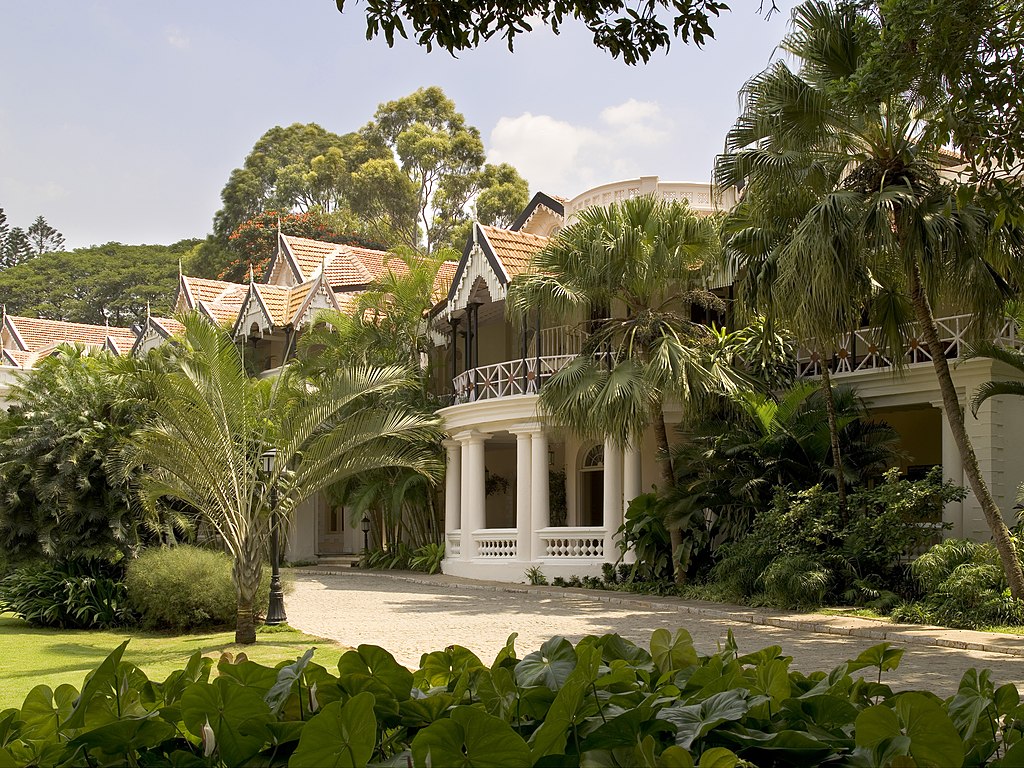Colonial bungalows in India hold a rich historical and architectural significance, reflecting the colonial era’s influence on the country. These bungalows, often nestled amidst the lush greenery of tea plantations, provide a unique glimpse into a bygone era. Built during British rule, these colonial bungalows were the residences of British officials, planters, and other affluent individuals. Today, many of these bungalows have been converted into accommodations. The bungalows are meticulously preserved, featuring original architectural details and colonial-era furnishings. From spacious rooms with high ceilings to verandas that offer stunning views, each bungalow exudes an old-world charm and elegance. Guests can indulge in the ambiance of a bygone era, imagining themselves as part of the colonial lifestyle.
Tea plantations, on the other hand, play a crucial role in India’s history and economy. With a long-standing tradition of tea cultivation, India has emerged as one of the world’s leading tea producers. The tea industry not only contributes significantly to the nation’s economy but also holds a deep cultural significance. The plantations, sprawling across picturesque landscapes, are a testament to the labor and skill involved in tea production. Tea plantations have become popular tourist destinations, attracting travelers who seek a tranquil and scenic retreat amidst the sprawling tea gardens. The combination of colonial bungalows and tea plantations offers visitors a truly immersive experience. They can delve into the historical legacy of colonial India while indulging in the natural beauty and cultural richness of the tea estates.
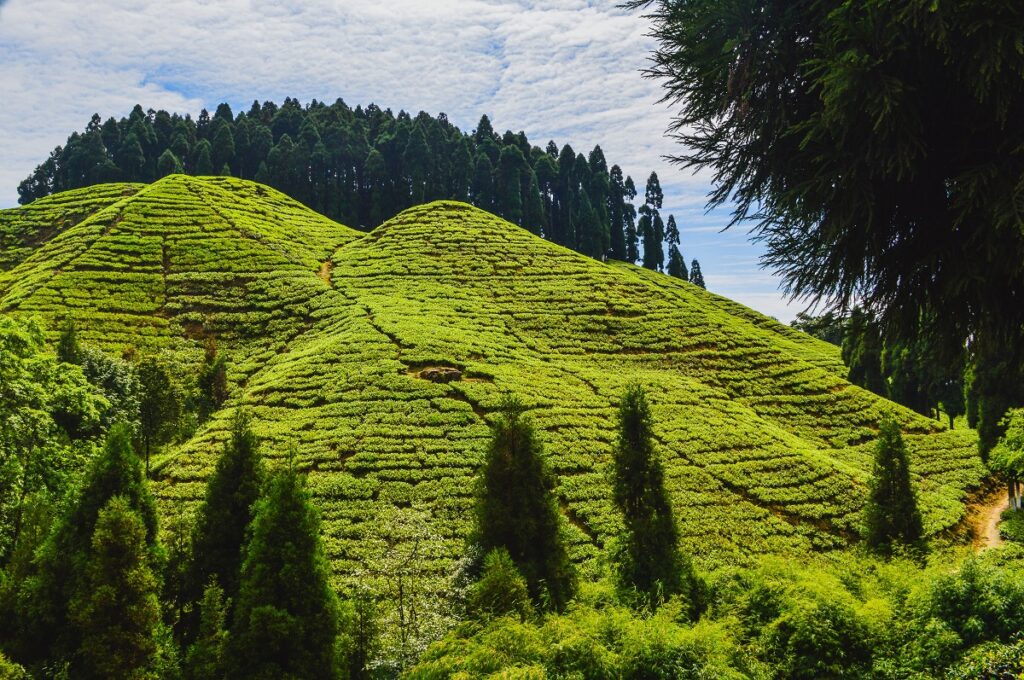
Colonial Influence on Indian Architecture
During the colonial period in India, which spanned from the 17th to the 20th century, various European powers, most notably the British, exerted their control over the subcontinent. This era witnessed significant changes in Indian society, including architecture.
British architecture and lifestyle greatly influenced the design and construction of colonial bungalows in India. These bungalows were designed to cater to the needs and preferences of British officials and planters residing in India. They often blended elements of British architectural styles such as Georgian, Victorian, and Edwardian with local Indian craftsmanship and materials. The result was a unique fusion of architectural influences, creating bungalows that were both elegant and practical, suitable for the Indian climate.
Examples of architectural features and design elements commonly found in colonial bungalows include spacious verandas, high ceilings, large windows, and wide corridors. Ornate detailing, such as intricate woodwork, arches, and columns, added to the charm of these structures. The interiors often boasted spacious rooms, fireplaces, and a sense of grandeur, reflecting the lifestyle of the colonial elite.

Tea Plantations: A Fascinating Landscape
Tea cultivation holds immense importance in India, both economically and culturally. India is renowned for its tea production, with regions like Assam, Darjeeling, and Nilgiris producing some of the finest teas in the world. Tea cultivation in India dates back centuries, and the industry has flourished over time, contributing significantly to the country’s economy. The diverse climate and fertile soil in different regions of India provide ideal conditions for growing a variety of tea types.
Tea plantations in India have become iconic landscapes, attracting visitors with their picturesque beauty. The rolling hills covered in neatly manicured tea bushes present a serene and breathtaking sight. The vibrant greenery stretches as far as the eye can see, creating a soothing and calming atmosphere. The tea estates are often dotted with charming worker settlements, adding to the authenticity and charm of the surroundings. The landscapes surrounding the bungalows offer a perfect escape from the hustle and bustle of city life, allowing visitors to rejuvenate amidst the beauty and serenity of tea plantations.
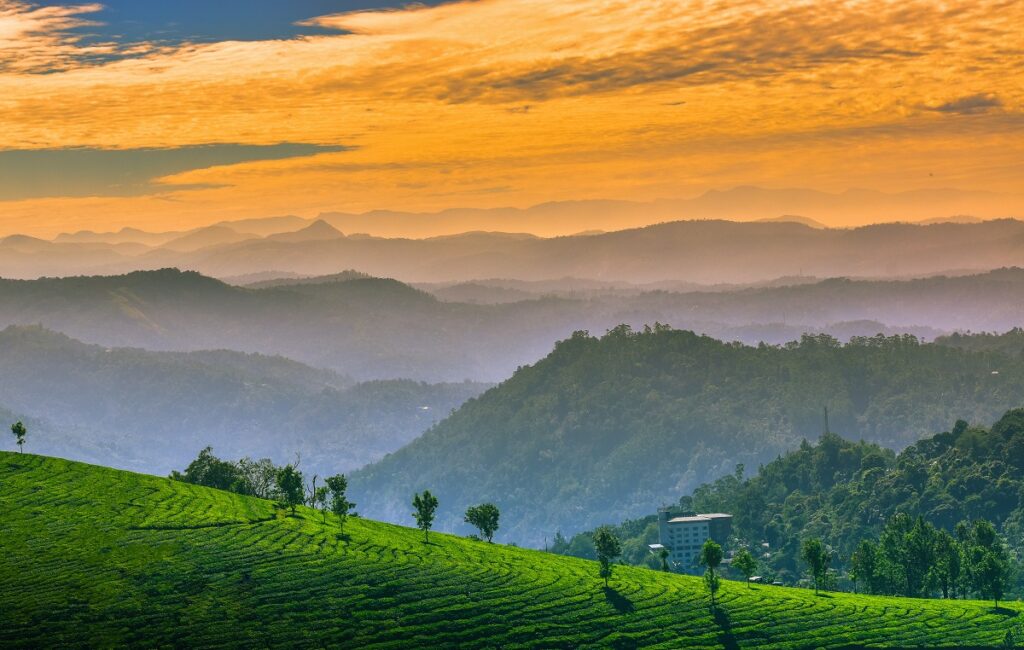
Exploring the Tea Plantations
Exploring the tea plantations offers visitors a fascinating opportunity to learn about the intricate process of tea production. Guided tours of tea estates and plantations provide insights into the various stages of tea cultivation, including plucking, withering, rolling, oxidation, and drying. Visitors can witness firsthand the skill and precision involved in creating different types of teas, such as black, green, or oolong. Experts often explain the nuances of tea processing, sharing their knowledge about the art of tea-making.
A visit to the tea plantations provides an excellent opportunity for cultural exchange and interaction with the local tea workers and communities. Engaging with the workers allows visitors to gain a deeper understanding of their daily lives, traditions, and challenges. Visitors can witness the dedication and hard work of the tea pluckers and learn about their role in the tea industry. By engaging with the local communities, visitors can appreciate the rich cultural heritage and customs associated with tea plantations.
Tea plantations offer visitors the chance to savor the flavors of freshly brewed tea through tasting sessions. Guests can sample different varieties of teas, experiencing their unique aromas and tastes. Tea experts guide visitors through the sensory journey, explaining the characteristics and nuances of each tea type. Additionally, visitors can purchase tea directly from the plantations, ensuring the authenticity and freshness of the products. This direct sourcing allows tea enthusiasts to take home their favorite teas, supporting local producers and ensuring a memorable tea experience.
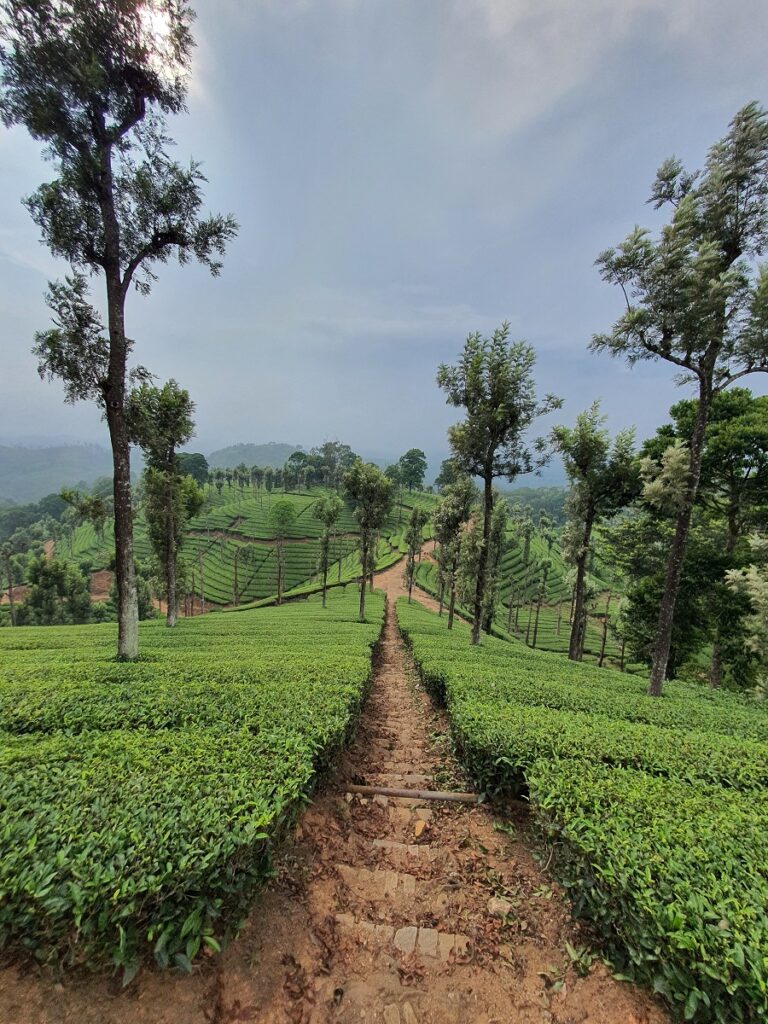
Preserving Heritage and Sustainability
Preserving and restoring colonial bungalows is a crucial endeavor to safeguard the architectural and historical heritage of India. Efforts are made to restore the original features and design elements of the bungalows, ensuring their authenticity and historical significance. This includes the preservation of colonial-era furnishings, architectural detailing, and overall structural integrity.
Heritage conservation plays a vital role in preserving a nation’s cultural identity and history. Colonial bungalows are not only architectural gems but also represent a tangible link to India’s colonial past. By conserving these structures, we acknowledge the diverse layers of our history and honor the contributions of various communities. Heritage conservation also fosters a sense of pride and belonging among the local communities. Moreover, it allows for the continuation of traditional craftsmanship and architectural knowledge, ensuring their preservation for future generations to appreciate.
Tea plantations in India have recognized the importance of sustainability in their operations. Many tea estates have embraced eco-friendly practices to minimize their environmental impact and preserve the natural resources surrounding them. Sustainable agriculture techniques are employed to minimize the use of chemical fertilizers and pesticides, promoting organic farming practices. Water conservation measures, such as rainwater harvesting and efficient irrigation systems, are implemented to ensure responsible water usage. By adopting sustainable practices, tea plantations strive to maintain the ecological balance of the surrounding landscapes.
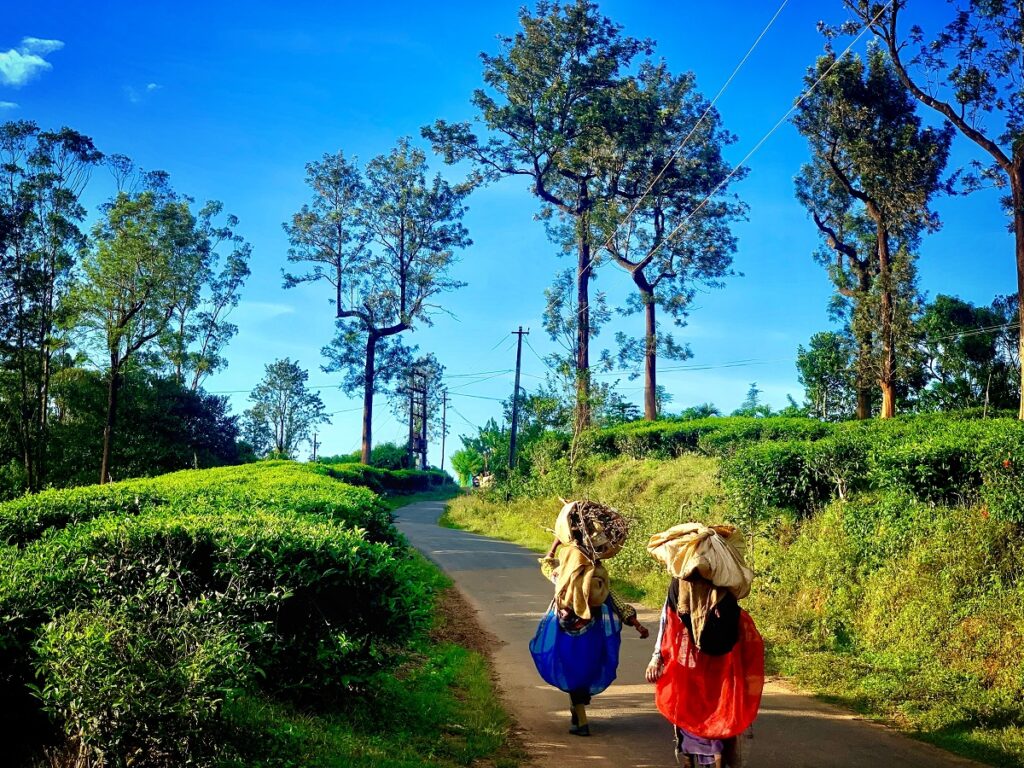
Local Culture and Cuisine
The regions surrounding the tea estates are often inhabited by diverse communities, each with its unique customs and practices. Visitors can engage in cultural exchanges, learning about the local traditions, festivals, and rituals. It’s an opportunity to witness traditional art forms, music, and dance performances that reflect the vibrant cultural heritage of the region.
One of the highlights of staying in colonial bungalows amidst tea plantations is the chance to indulge in the delectable regional cuisine. Each tea-growing region in India has its culinary specialties and flavors. Guests can savor authentic local dishes prepared with fresh, locally sourced ingredients. From aromatic rice and lentil preparations to flavorful curries and tantalizing street food. Additionally, visitors can enjoy tea-infused culinary delights, such as tea-flavored desserts and tea-infused beverages.
CStaying in colonial bungalows amidst tea plantations allows for meaningful encounters with the local communities. Engaging with the locals provides insights into their daily lives, occupations, and customs. Visitors can observe and participate in activities such as traditional handicraft making, farming practices, or even tea plucking alongside the locals.
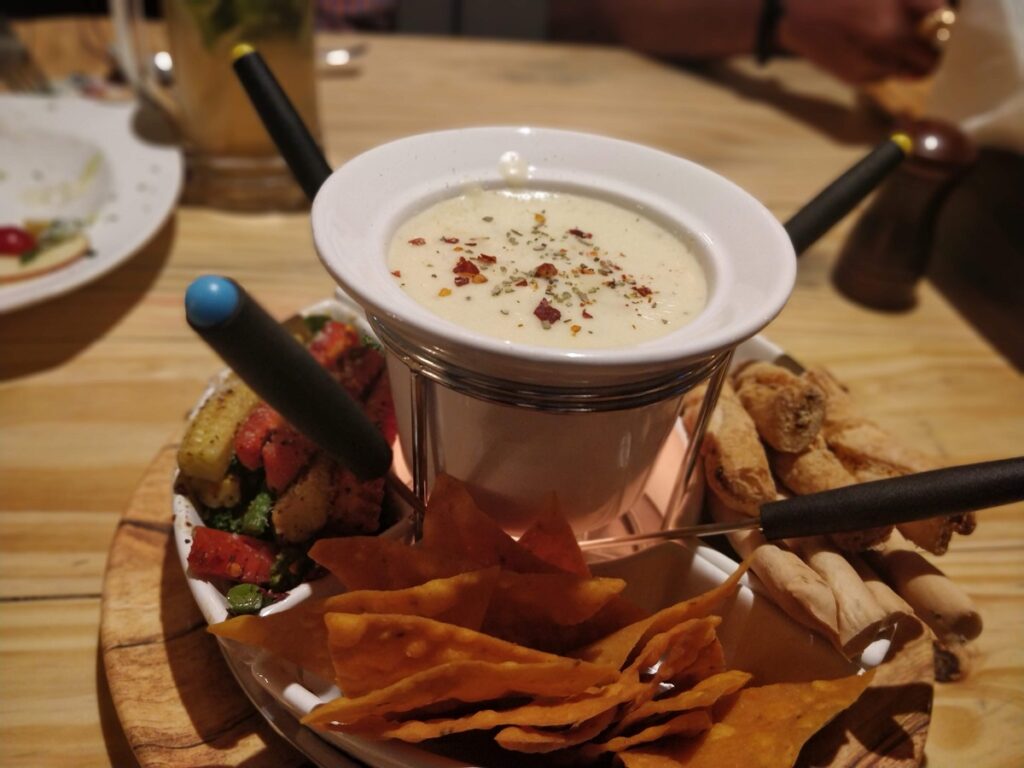
Why Stay at Colonial Bungalow
Surrounded by lush greenery, guests can enjoy a peaceful ambiance and rejuvenate their senses. The sprawling tea gardens, scenic landscapes, and fresh mountain air create an idyllic setting for relaxation and introspection.
Each bungalow carries a unique story, reflecting the colonial era’s influence on India’s architecture and society. By immersing themselves in the elegant interiors, period furnishings, and architectural details, guests gain insights into the lifestyle and grandeur of the colonial elite. The experience fosters a sense of historical consciousness, connecting travelers with the narratives and heritage of the past.
A stay in a colonial bungalow amidst the tea plantations promises unforgettable memories and unique travel experiences. The combination of historical charm, natural beauty, and cultural immersion creates a truly immersive journey. Guests can indulge in tea-tasting sessions, explore the tea plantations, and interact with local communities, creating authentic connections and lasting impressions.
Top 5 Bungalows in India to Stay at
- Glenburn Tea Estate and Boutique Hotel (Darjeeling, West Bengal): Nestled amidst the picturesque Darjeeling tea plantations, Glenburn Tea Estate offers luxurious bungalow accommodations with panoramic views of the Himalayas.
- Windermere Estate (Munnar, Kerala): Situated in the enchanting hills of Munnar, Windermere Estate provides an idyllic retreat surrounded by tea gardens. The bungalow-style accommodations blend colonial aesthetics with modern comforts. Guests can partake in tea-tasting sessions, explore the tea-making process, and enjoy nature walks through scenic landscapes.
- Wild Mahseer (Balipara, Assam): Set amidst the lush green tea estates of Assam, Wild Mahseer offers heritage bungalows that provide a glimpse into the colonial past. The estate provides a serene and peaceful environment for guests to relax, enjoy wildlife safaris, explore tea gardens, and immerse themselves in the rich culture and heritage of Assam.
- Tea Nest (Kotagiri, Tamil Nadu): Located in the Nilgiri Hills, Tea Nest offers cozy bungalows nestled amidst tea gardens. Guests can unwind in the serene atmosphere, enjoy breathtaking views, and embark on guided walks to explore the tea estates. The estate also provides opportunities for birdwatching, bonfires, and experiencing the local culture.
- The Tamara Coorg (Coorg, Karnataka): Situated in the picturesque Coorg region, The Tamara Coorg offers luxurious bungalow-style accommodations amidst coffee and tea plantations. Guests can enjoy nature walks, birdwatching, spa treatments, and indulge in the region’s flavorful cuisine while enjoying the tranquility of the surroundings.
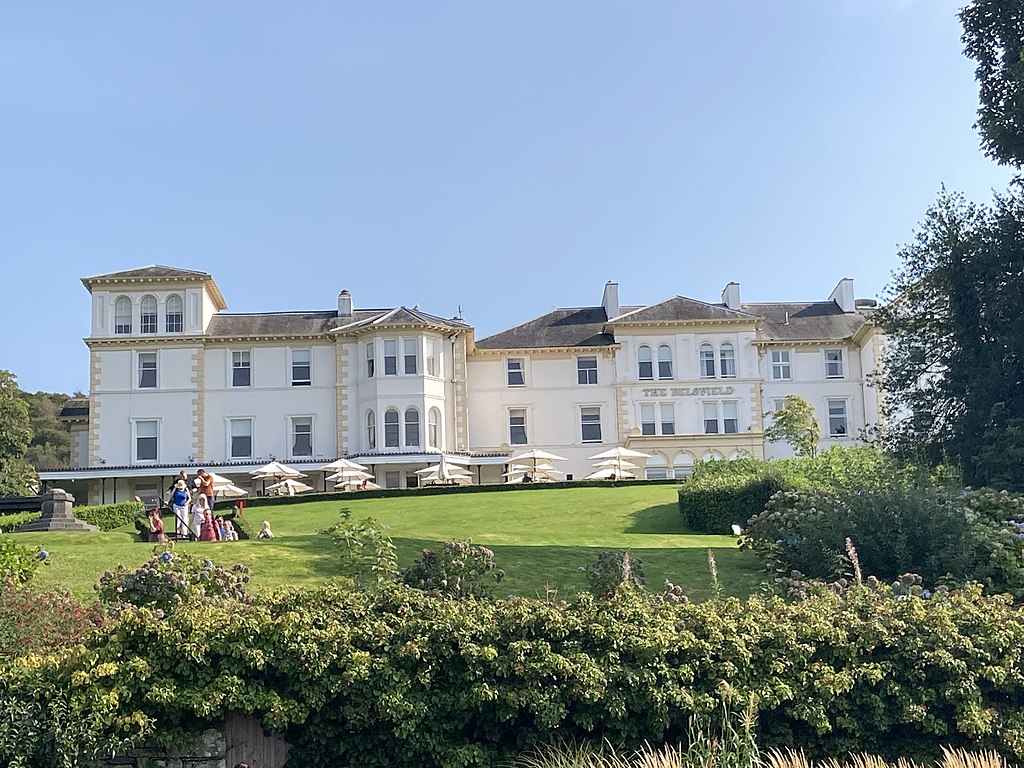
Experience the tranquility and indulge in the flavors
Why not embark on this extraordinary journey and create unforgettable memories? Immerse yourself in the tea-scented air, savor the flavors of regional cuisine, and embrace the warmth of local hospitality. Discover the allure of colonial bungalows amidst tea plantations and create a travel experience that will stay with you long after you leave. Your adventure awaits, so start planning your tea-filled getaway today!

